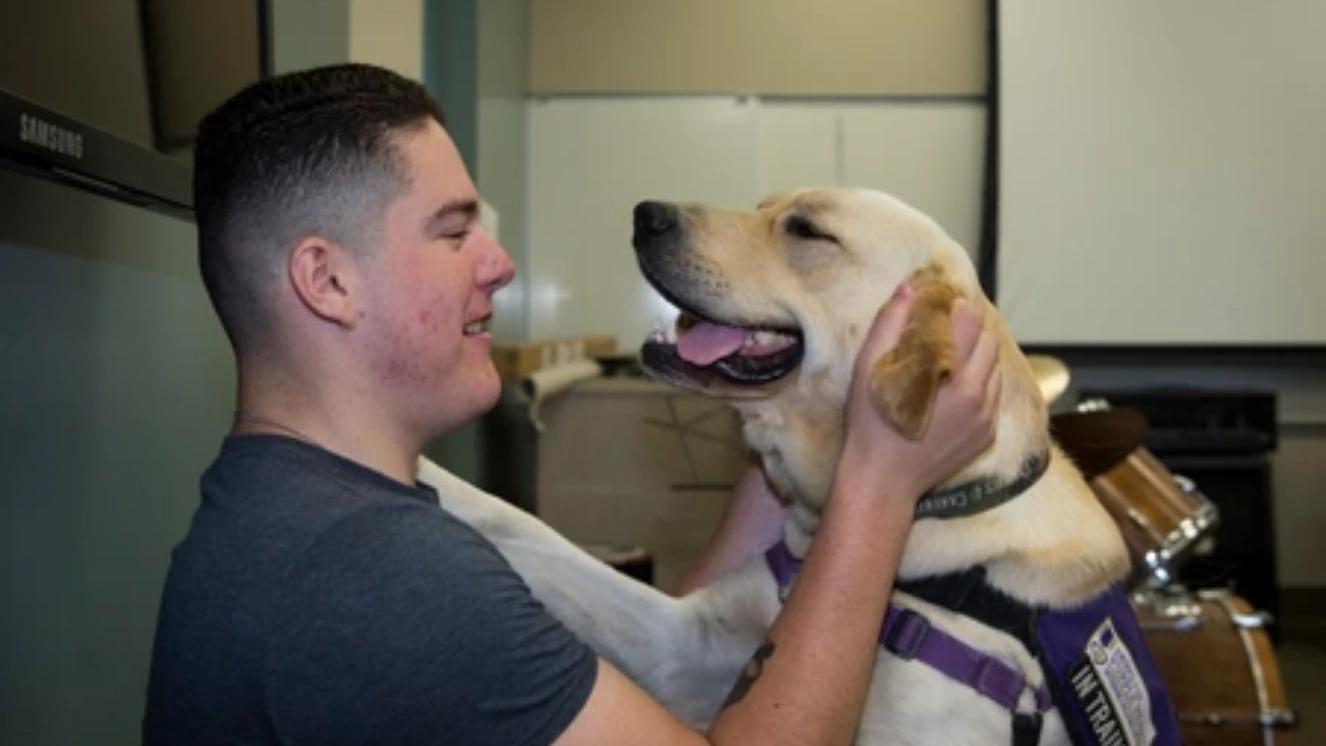MILITARY TRAINING DEATHS ARE A DARK SIDE OF SERVICE

Job hazards are a part of any occupation. While some jobs are more dangerous than others, there are plenty of unfortunate circumstances that can arise while trying to earn a living. Life is fragile, and even with the most strenuous guidelines and precautions, accidents, isolated incidents, and exceptions are going to happen. Joining the military can conjure several unfortunate, grisly ways to meet your end. War isn’t a conducive place for living. But military training deaths are always jarring on an extra level. It makes a bit more sense, as tragic as it is every time, for a troop to die in a gunfight or any other condition of warfare, but in military training accidental deaths transform the routine into a dark reminder that sacrifice comes in many forms. Sometimes, this means doing even the most basic things necessary to stay in shape. Related: 5 of the Best Sources for Military Training for Civilians
Military Training Deaths Are Often Difficult to Reconcile

more US troops die during training than in combat operations. Military training deaths are an unfortunate hazard for anyone joining the American Armed Forces and they can come in many different forms, including:
- Vehicle, boating, and aircraft accidents
- Incidents involving physical exercise/testing
- Live-fire accidents gone wrong
The trend during 2019 was more of a sequel to 2018 than a shock to anyone. Yet if you fast forward to the total military training deaths in 2022 for say the Army, you’ll note new lows found within the branch. Despite headlines showcasing everything from National Guard Soldiers dying following the two-mile run portion of the Army Combat Fitness Test (ACFT), Black Hawk accidents also harming National Guard Soldiers, and a variety of other examples, the U.S. military continues to improve in ways that successfully maintain a safe training environment. https://www.youtube.com/watch?v=DOOMLEIOCrc
Department of Defense Safety and Occupational Health Protection Program
The Department of Defense (DoD) Safety and Occupational Health (SOH) Program is a comprehensive initiative that aims to help protect the health and safety of DoD employees, contractors, and military personnel. While the DoD includes civilian personnel, military personnel are also afforded the initiatives of the program. Overall, the program provides guidance, tools, and resources to ensure that all DoD personnel are working in a safe and healthy environment. Although the Congressional Research Service (CRS)

Suggested Read: Watch U.S. Navy SEAL Training on Coronado Beach Setting the standards, the DoD SOH program includes policies and procedures for identifying, evaluating, and controlling hazards in the workplace, as well as for providing training and education to employees regarding safety and health issues. The overall goal of the DoD SOH program is to prevent military training accident deaths, injuries, and illnesses, and minimize property damage and other forms of loss. This all comes as it continues to promote a culture of safety and health throughout the DoD. All levels of the DoD follow the Department of Defense Safety and Occupational Health Protection Program no matter the position or function of the position. It remains an essential component of the DoD's overall mission readiness.
Push to Stop U.S. Military Training Deaths Continue

need to ensure that safety lessons are learned and implemented to help prevent military training deaths. All in all, military training deaths deserve more attention, and service members deserve solutions that can prevent these unnecessary events from arriving as often as they do. It’s unreasonable to believe these issues will ever be completely eradicated, but it’s also irresponsible to suggest that more can’t be done to safeguard our troops while training. Read Next: How SERE Training Can Apply to Civilian Life
JOIN OUR NEWSLETTER



